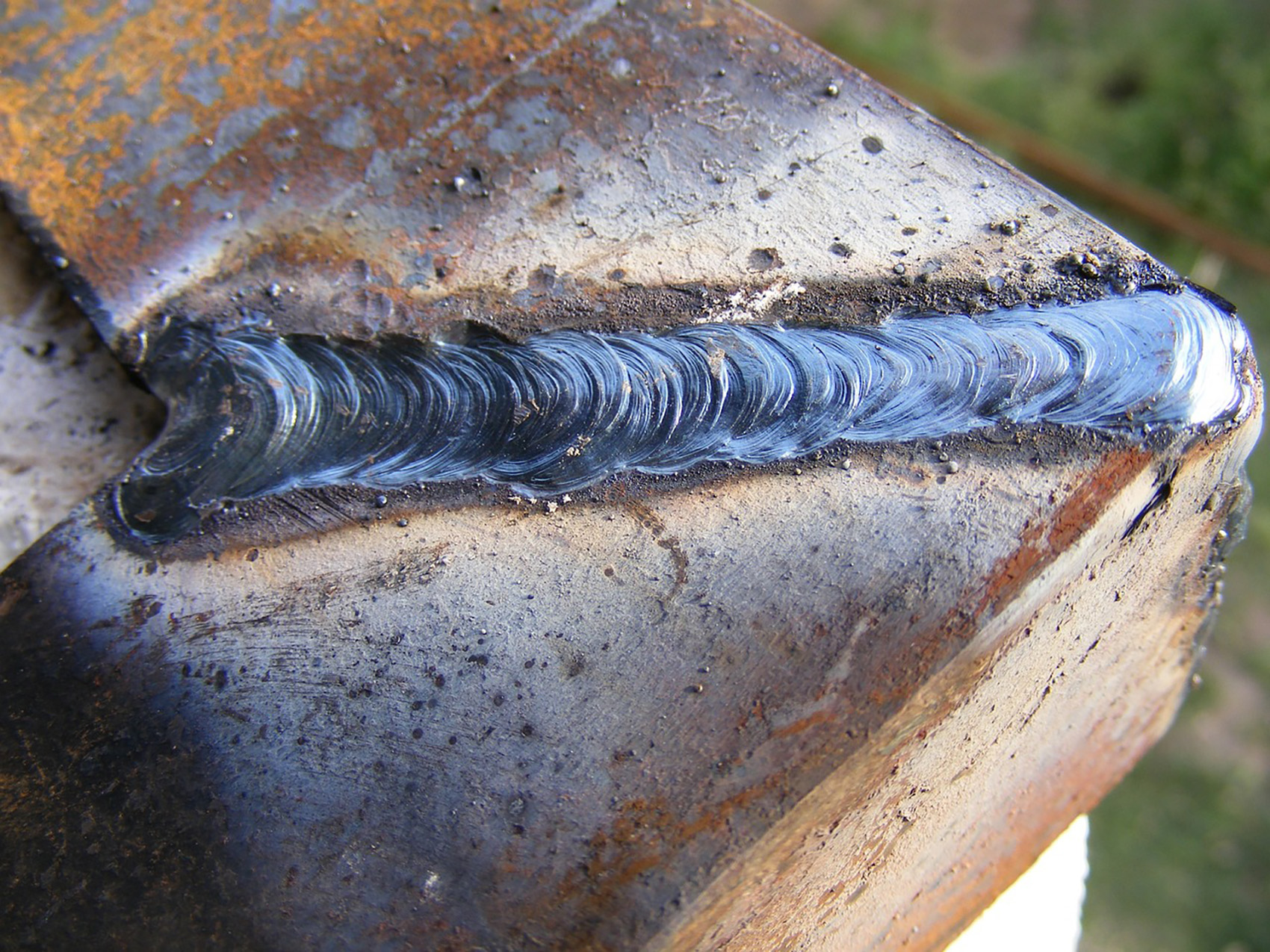Understanding the Causes and Solutions for Undercut Welding in Metal Construction Procedures
In the world of metal fabrication processes, the occurrence of undercut welding presents a substantial obstacle that demands an extensive understanding of its reasons and feasible remedies. The detailed interplay of numerous factors throughout welding operations can lead to this undesirable phenomenon, influencing the structural stability and total top quality of the welded joints - Preventing weld undercut. By exploring the root triggers of undercut welding and exploring effective remedial measures, makers can boost the requirement of their handiwork and make certain the production of flawless steel parts
Typical Sources Of Undercut Welding
Frequently overlooked in metal manufacture, undercut welding happens due to numerous factors that require thorough attention and expertise to be effectively alleviated. Furthermore, improper welding methods, such as utilizing the incorrect welding angle or take a trip speed, can additionally contribute to undercut development. The choice of welding specifications, such as voltage, existing, and wire feed speed, plays a considerable role in the incident of undercut welding.
Effect of Incorrect Welding Parameters
Imprecise welding parameters can considerably jeopardize the integrity and high quality of bonded joints in steel fabrication processes. The impact of incorrect welding parameters manifests in various means, bring about architectural weak points and problems in the welded components. One crucial aspect influenced by inappropriate welding specifications is the penetration depth of the weld. Not enough warmth input because of low welding currents or excessively high traveling speeds can result in inadequate blend between the base metals, leading to incomplete joint infiltration and deteriorated bonds. On the other hand, too much warmth input triggered by high welding currents or slow travel rates can cause excessive and burn-through reinforcement, creating a weak and unpredictable weld framework. Additionally, inaccurate parameters such as incorrect voltage setups or incorrect electrode angles can add to erratic weld grain profiles, absence of combination, and enhanced chances of problems like undercutting. Careful attention to welding specifications is extremely important to make sure the manufacturing of top notch welds with the desired mechanical buildings and architectural stability.
Effect of Improper Torch Angle
Improper torch angle in welding operations can substantially influence the quality and integrity of the final weld joints in steel fabrication procedures. The lantern angle plays a critical role in figuring out the warm input and circulation throughout welding. When the lantern angle is incorrect, problems such as damaging can occur. Damaging is an usual welding issue where a groove forms along the weld toe, compromising the joint and endangering its architectural integrity.
A torch angle that is also steep can lead to insufficient infiltration, incomplete fusion, and enhanced spatter. On the other hand, a lantern angle that is as well shallow can lead to too much infiltration, burn-through, and distortion of the base material. Preventing weld undercut. Appropriate lantern angle is essential for making sure regular weld high quality, toughness, and appearance
To avoid undercutting and various other flaws brought on by incorrect torch angles, welders have to be trained to preserve the appropriate torch angle throughout the welding procedure. Routine tracking and adjustment of lantern angles throughout welding can assist achieve audio welds with minimal problems.
Role of Inadequate Welding Techniques

An additional element of insufficient welding strategies is improper weld prep work. Insufficient cleaning of the base steels, incorrect joint layout, or not enough side preparation can all contribute to damage welding. Additionally, insufficient securing gas protection or using the wrong sort of gas can cause insufficient combination and the development of undercut flaws.
To address the role of poor welding strategies in steel fabrication processes, it is necessary to offer thorough training for welders. Appropriate education on welding parameters, joint prep work, and securing gas choice can help stop undercut welding and ensure high-quality welds in steel construction projects.
Reliable Solutions for Undercut Welding
Resolving undercut welding in steel manufacture calls for implementing effective options to improve weld top quality and architectural stability. Among the main services to deal with undercut is to change welding parameters such as voltage, existing, and take a trip rate to guarantee like this appropriate warm input and blend. By fine-tuning these setups, welders can stop extreme melting of the base metal and filler material, reducing the likelihood of undercut development.
In addition, correct joint preparation is essential in preventing undercut. Guaranteeing clean base steel surfaces devoid of pollutants and utilizing the ideal bevel angle can help promote better weld penetration and lower the danger of undercut - Preventing weld undercut. Using appropriate welding methods, such as oscillating the torch or weaving, can discover here additionally aid in dispersing heat evenly and filling up the weld joint properly, decreasing the possibility of undercut problems
Moreover, picking the correct welding consumables, including electrodes and filler metals, is necessary in mitigating undercut. Using materials with ideal chemical structures and mechanical homes can add to accomplishing sound welds with marginal undercut. Regular evaluation and high quality control procedures should likewise be carried out to spot and address undercut issues promptly, ensuring the total stability of made steel components.

Verdict
In verdict, recognizing the causes and remedies for undercut welding in steel construction processes is essential for accomplishing top notch welds. By attending to typical causes such as wrong welding specifications, improper lantern angle, and inadequate welding methods, welders can prevent damaging and ensure solid, resilient welds. It is important to take notice of these elements and implement effective remedies to improve the general welding process and end product quality.

Comments on “How to Avoid Weld Undercut: Crucial Tips for Welders”